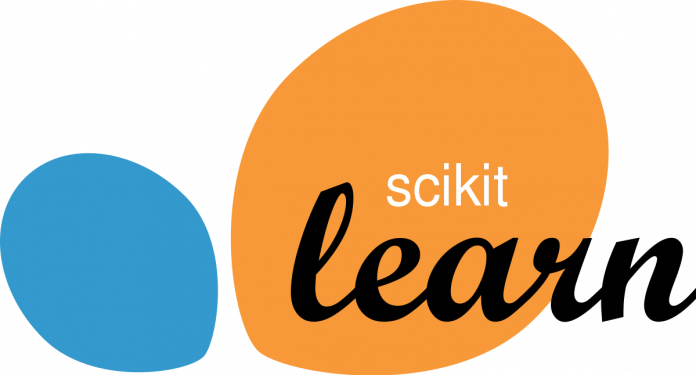As Internet technologies are exponentially growing worldwide, big and small corporations are generating vast amounts of data. The world is entering the era of big data, and the need for its analysis and interpretation is also increasing.
Here, data science comes into the picture. It is an interdisciplinary field that uses statistical and mathematical methods, processes, and specific algorithms to extract valuable insights from a substantial volume of data and apply that knowledge and actionable insights to improve the products, services, or operations.
If you have a passion for data science and want to make a career in it, then you can go for M.Tech. in the Data Science program after your graduation. This will help you understand the fundamentals of data science, data science techniques, domain exposure, visualization insights, etc.
Learning data science can be a complicated process. Selecting the programming language to focus on – Python or R, and the tools and techniques can be pretty challenging. This step-by-step guide can help you start a career in data science. Let’s start.
Figure Out What to Learn

As available resources are abundant, it is akin to a daunting challenge for beginners. One has to learn probability and statistics, linear algebra, calculus, one programming language, databases, distributed computing, machine learning visualization, clustering, deep learning, and natural language processing (NLP) in data science.
We know that data science is basically asking the questions and then answering those questions using data. The data science workflow starts with a question, and then we have to gather the data to answer the question.
The next thing is to clean the data and, after that, explore, analyze, and visualize it by using various tools. After that, we have to build and evaluate a machine learning model, and based upon that model, we have to communicate the results. Therefore, you have to build a strong foundation when it comes to these tools and techniques.
Get Comfortable with Python

The most common programming language when it comes to data science is Python. Python is one of the most popular languages in data science. It has a massive library for data science such as NumPy, Pandas, SciPy, TensorFlow, Matplotlib, Keras, SciKit-Learn, and PyTorch.
You don’t need to become an expert in Python. Instead, you should focus on mastering data type, data structures, imports, functions, conditional statements, comparisons, loops, and comprehensions. That is enough for data science, and the rest can be learned in later stages.
Learn Data Analysis, Manipulation, and Visualization with Pandas
To work with data in Python, you should learn how to use the Pandas library. Pandas offer a high structure called DataFrame that is very handy for tabular data with different types of columns similar to an Excel sheet or a SQL table.
It has tools for reading and writing data, handling missing data, filtering data, cleaning messy data, merging databases, visualizing the data, etc. In other words, learning Pandas would remarkably increase your efficiency while working with data.
Learn Machine-Learning with SciKit-Learn

Machine learning is a method in data science that improves and automates analytical model building through experience and by using the available data. To learn machine learning in Python, you should know the foundations of the SciKit-Learn library in detail.
Building machine learning models to predict the future is one of the most exciting parts of data science. SciKit-Learn is the most useful library for building machine learning models for many reasons.
It has a clean and user-friendly interface for tons of different models and provides many tuning parameters for each model. SciKit has exceptional documentation and helps you to understand the models and how to apply them accurately.
Learning SciKit can be a little complicated, but you can become a master of it within a short span of time with the right strategies.
Focus on Practical Applications of All Concepts

While learning the concepts, tools and techniques, you should always focus on the practical aspect of your learning. It will help you know the concept and give you a more profound sense of understanding of it.
Ensure that you work on a few open data sets and apply your learning there even if you are not comfortable with the mathematics behind a technique. Just understand the assumptions, what it does, and how to interpret the results.
If possible, take a look at the solution by other people working in the same domain. This would help you to take the right approach from the beginning. The best way to build your data science profile is by participating in data science competitions and getting a feel for data science projects.
Follow the Right Resources

If you want to start data science as a career, you have to follow the right resources at the right time. Numerous resources claim to be the best in the market, but very few of them are worthwhile.
So, make sure to follow the valuable resources such as blogs and YouTube channels run by the most influential data scientists. Some of these people are active, and they constantly update their audience with the latest trends in the field.
Study and practise data science every day and make a habit of being updated about the latest research in the field. Once you are familiar with data science fundamentals and are comfortable with various tools and techniques, you should work on your communication skills.
People think that if they are technically profound, companies will hire them. But this is not true. It is imperative to create elaborate stories in an interview and the job. For that, you have to possess excellent communication skills.
Final Thoughts
Building data science as a career is an exciting thing, but at the same time, it is not easy. If you follow the above tips and tricks, it will be easier for you to charter your path in data science.
Frequently Asked Questions (FAQs)
1. What is data science?
Data science is the blend of various tools, techniques, and machine-learning algorithms to discover the hidden patterns and insights from the data.
2. What is the future of data science?
Data science is the future as data is generated everywhere. It is expected to have a promising future in the coming days, so data scientists are expected to have a profitable career journey. There are thousands of job opportunities for different roles in India in the data science domain.
3. What are the various job roles in Data Science?
Ans: Following are the different job roles in the Data Science domain:
- Data Analyst
- Data Architect
- Business Analyst
- Data Engineer
- Data Scientist
- Database Administrator
- AI/ML Engineer
- Research Scientist
4. How can I become a Data Scientist?
To become a Data Scientist, you need a desire and passion for data science. By choosing the right academic stream and learning the required tools, techniques, and concepts, you can become a data scientist.

1 comment
GREAT ARTICLES. Thanks for sharing the informative information.